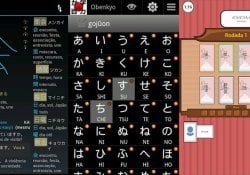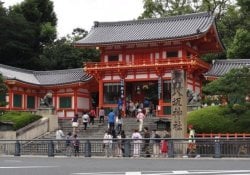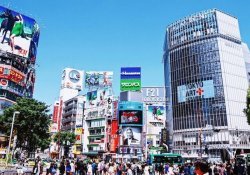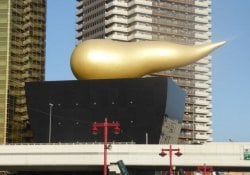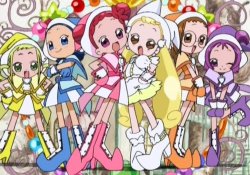You might know the terms Millennials, Centennials, Baby Boomers or Generations Z, Y and X. Ever wonder if in Japan it's the same thing? In this article, we are going to look at Japanese Generations.
Social generations X, Y, and Z are based on Western history and are closely linked to the social fabric of these cultures. In Japan and Asia the cultures are very different, so we have a lot of different points to highlight in Japanese society.
Índice de Conteúdo
How are Generations in Japan Characterized?
Did you know that in Japan we have had more than 8 generations in the last 100 years? It's not just Gen X, Gen Y and Gen Z, in Japan we had two Baby Boomers, Danso, Shinjunrui, Post Bubble, Yutori and many others.
Look at the timeline in the image below, it shows exactly when each generation emerged in Japan and how long it lasted.
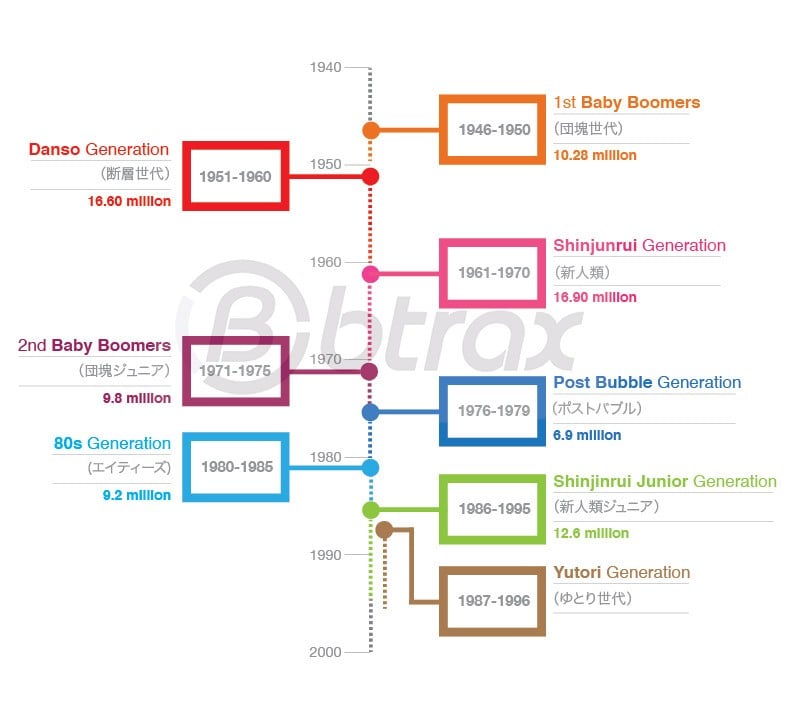
It is very likely that Japan has gone through more generational changes due to the great historical events that took place in the last century.
In fact, doing a search on Japanese websites I found many other generations not listed in the image, I want to see if I talk about them briefly.
Responsive Table: Scroll the table sideways with your finger >>
| Generation Name | Kanji | Date of Birth |
| Taisho generation | 大正世代 | 1912 - 1926 |
| Shouwahitoketa | 昭和一桁 | 1926-1934 |
| Yakeatoseai | 焼け跡世代 | 1935-1946 |
| Dankainosedai (Boomers) | 団塊の世代 | 1946-1950 |
| Shirakedai | しらけ世代 | 1950-1964 |
| Dansonosedai | 断層の世代 | 1951-11960 |
| baburusedai | バブル世代 | 1965-1980 |
| Shinjinrui | 新人類 | 1961=1970 |
| Second Baby Boomers | 団塊ジュニア | 1971-1975 |
| Hyougakisedai | 氷河期世代 | 1975-1982 |
| Post Bubble | ポストバブル | 1976-1979 |
| generation 80 | エイティーズ | 1980-1985 |
| Kirerujyuunanasaisedai | キレる17歳世代 | 1982-1987 |
| Yutorisedai | ゆとり世代 | 1987-1996 |
| satoridai | さとり世代 | 1987-2004 |
| Tanimasedai | 谷間世代 | ----- |
| Koronasedai | コロナ世代 | 2001-2014 |
| Shinjinrujunior | 新人類ジュニア | 1986-1995 |
Generations Before Boomers
Below, we will analyze previous generations or those that were left out of the main generations listed in this article:
Shouwahitoketa [昭和一桁] - Single Digit Generation
This generation got its name because of the difficulties and the great depression that after the Sino-Japanese War that caused a great collapse in the political party and a super financial crisis that increased unemployment and caused difficulties in all sectors.
Yakeatosedai [焼け跡世代] - Burned Generation
It refers to the generation of people who were born and raised during World War II and feel exhausted because of the War. (1935-1946);
Shirakedai [しらけ世代] - Neutral Generation
Shirake generation – A Politically Indifferent Generation after Japanese Student Activism. People with little or no interest in the social situation, who live as spectators and don't set things on fire, repel serious things.
Baburusedai [バブル世代] - Bubble Generation
The bubble generation is the generation that got a job in Japan during the bubble economy, an era when many college graduates got a job at a large company by mass hiring companies.
Hyougakisedai [氷河期世代] - Glacial Generation
It refers to the generation that sought employment during the Ice Age. Many are precarious workers, who have not been able to find stable jobs and do not even have social security, many do arubaito (part-time work), they are also called the poor generation and the lost generation.
Yutorisedai [ゆとり世代] - Generation
This generation followed changes in the Japanese educational system in order to become less rigid and lessen the pressure that was responsible for the suicide of many young people. The Yutori Generation is seen as less polite and lazy.

Japan's First Baby Boomers - 1946-1950
The first generation Baby Boomer was born after the Second war between 1946 and 1950 and had to face a gigantic recession and economic collapse.
Its original name in Japanese is Dankainosedai [団塊の世代] which refers to the title of a novel by author and economist Sakaiya Taichi.
The men of this generation are characterized as “corporate warriors” responsible for leading Japan to a culture of extreme work and overtime.
At that time there was a large increase in the population of born due to the rapid increase in the wedding among young men and women born in the 1940s.
This generation was also responsible for bringing and popularizing many things from Western culture to Japan. They also created many innovative stores, malls and products.

The article is still halfway through, but we recommend also reading:
Danso Generation - 1951-1960
Dansonosedai [断層の世代] literally means failure generation. This is the original Otaku generation, which generally likes to spend on cars, video equipment and travel abroad.
The Danso Generation grew and formed during Japan's economic development, is considered a spendthrift upper class, which even borrows to make more purchases.
As a result, later generations are said to be more conservative about spending.

Shinjinrui Generation 1961-1970
The Shinjinrui Generation spent their teenage years in Japan's economic bubble. They are considered the first generation of media consumption and tend to spend money mostly on themselves.
This generation marks the rise of anime, manga and Ídolos. Children of the Shinjinrui generation grew up with television at home.
In this generation, rock and heavy metal music began to become popular in Japanese culture. Entrance exams began to become a priority.

Children of the Baby Boomers - 1971-1975
Baby Boomers Juniors were born between 1971 and 1975, many were children of the original baby boomers. They grew up in a society rich in information and materials.
At age 15, in the mid-80s, the second-generation baby boomer world was full of electronics like TVs, video game consoles, radio cassette players, telephones and boomboxes.
Fast food and convenient stores also became very common, and society began to see a pattern in which young people who lived with their families still dined alone.

Japan's Generation X - 1980 - 1996
In Japan we have different generations to describe the similarity to Generation X in Japan. We have Shinjinrui Juniors, Yutorisedai and bits and pieces of previous and future ones.
This group is generally considered less ambitious, more realistic and practical. They tend to follow social norms and are very adaptable. These characteristics can be seen in their consumption patterns, as they tend to spend and spend significantly less on luxury goods than their previous generations.
This generation is already used to cell phones and the Internet since they were a child and has lived a materially rich life, so they say they have a mature sense of consumption.

Japan's Generation Z - Satori Generation
Are the Japanese Generation Z boring sealers like in the West or are they able to respect previous generations and people who think differently?
The term Satori refers to the generation that is said to have no desires and includes a large period from 1970 to 2001.
Unlike Western sealers, Japanese Generation Z prefer to avoid pointless conflicts and don't like to waste energy arguing with others who don't share their perspective.
Born during the post-high growth period after the economic bubble burst, the Satori Generation is said to be “enlightened” as it is content to live in the moment and focus on what it has.
Compared to other generations, they are inclined to stay indoors and relax in their spare time. When it comes to achieving results, they place more importance on the end result than focusing on the process used to get there.
Although they look quite different from the Western Generation Z, they are open-minded and accept different genders, but they are less activist and not as often involved in politics as their predecessors.
Some of the generation are also actively involved in breaking down the stigmas around social disagreements like equality and rights. But they do it friendlier and less aggressive than Westerners.
The Four Types of Japanese Generation Z
- The Follower yosumi (wait for to see) - You prefer to read the air before making a statement or decision about something, like ordering food when you are with a group at a restaurant.
- O Pessimistic Sho-ene (energy saving) “Not so good at connecting with others, strays to a more minimalist lifestyle and takes a general pessimistic approach to things.
- The Social Yoiko (active on social media) — Sensitive to new trends and concerned with how others perceive them. They especially don't like being criticized by others on social networking sites.
- The Jinsei Gachi-zei (life tactic) — They have strong social values and leadership qualities that allow them to enjoy life to the full.
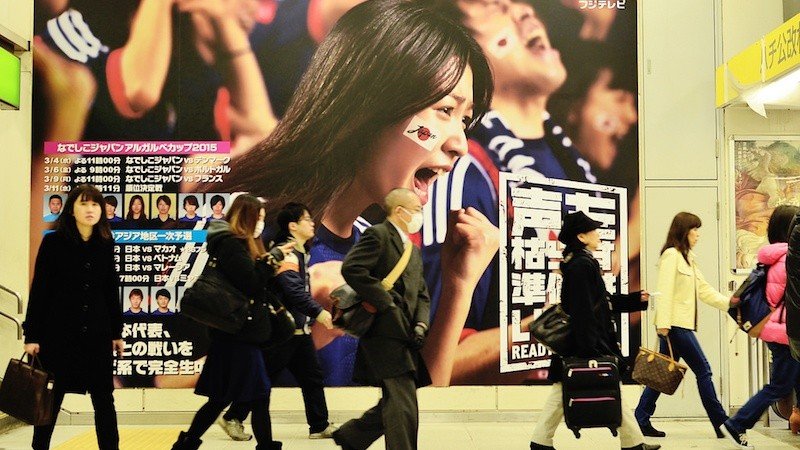
Tanimasedai - The Valley of Generations
It refers to generations that show a decreasing trend in relation to previous and subsequent generations. It can refer to a drop in birth rates or the absence of something between the generations.
For example, a famous athlete who failed to exceed the results of athletes from previous or future generations can be classified as from the Valley generation.
Some are also labeled as blank generation, may be included in generation vouchers.
The most recent Corona generation, which refers to young people who are growing up in the Pandemic, can be categorized as a Tanimasedai due to the damage that the pandemic can bring to birth, education or personality.


